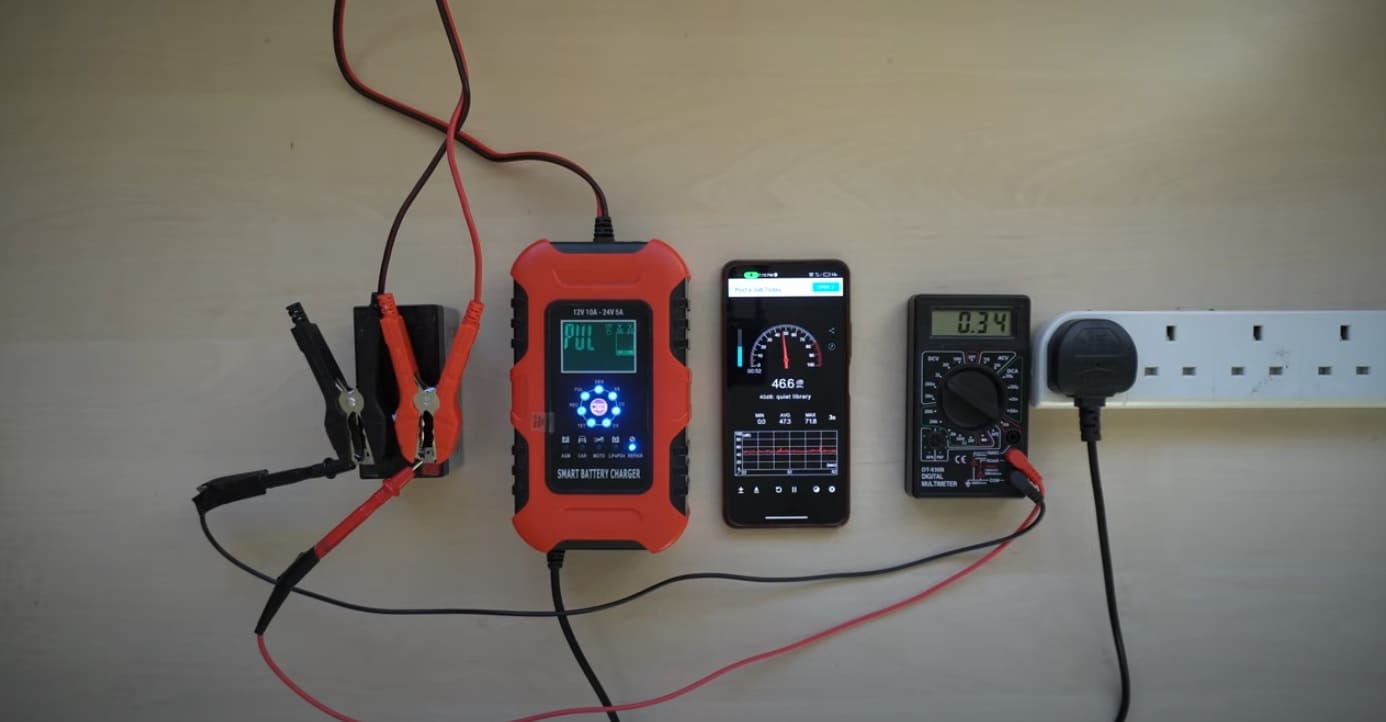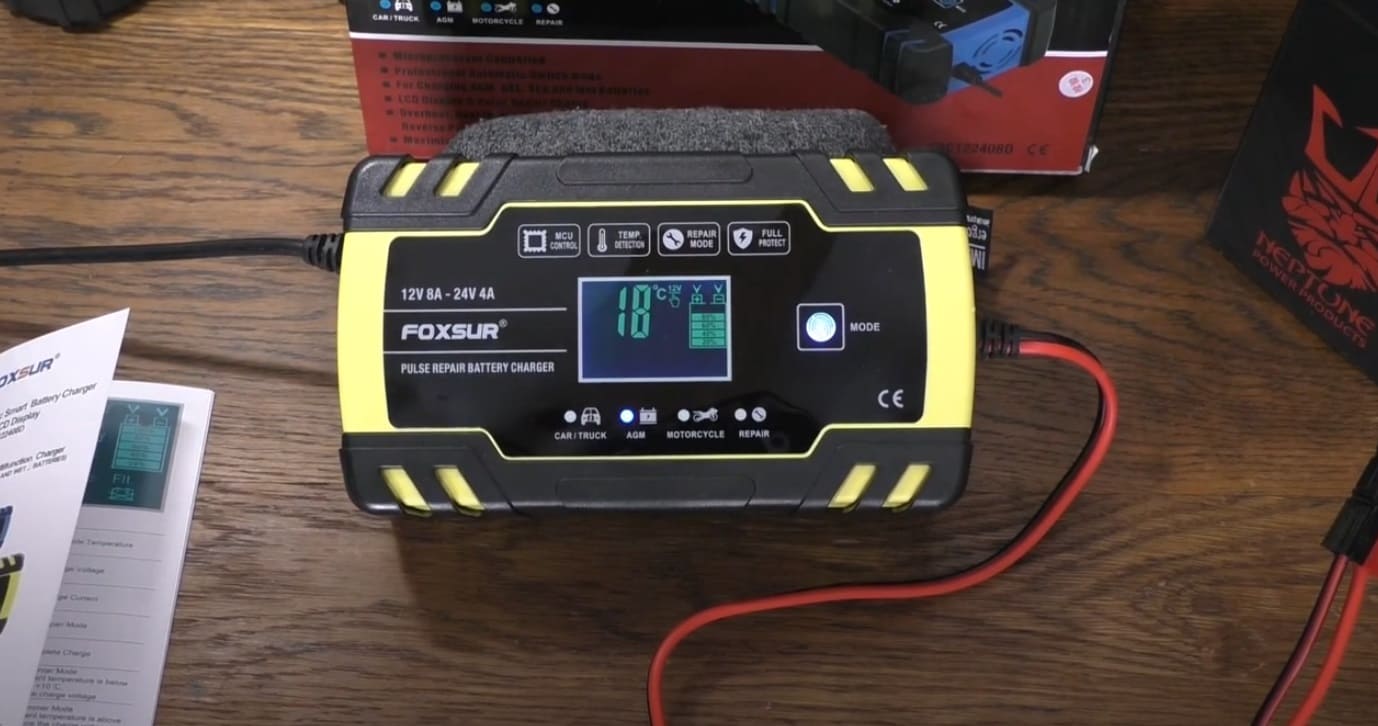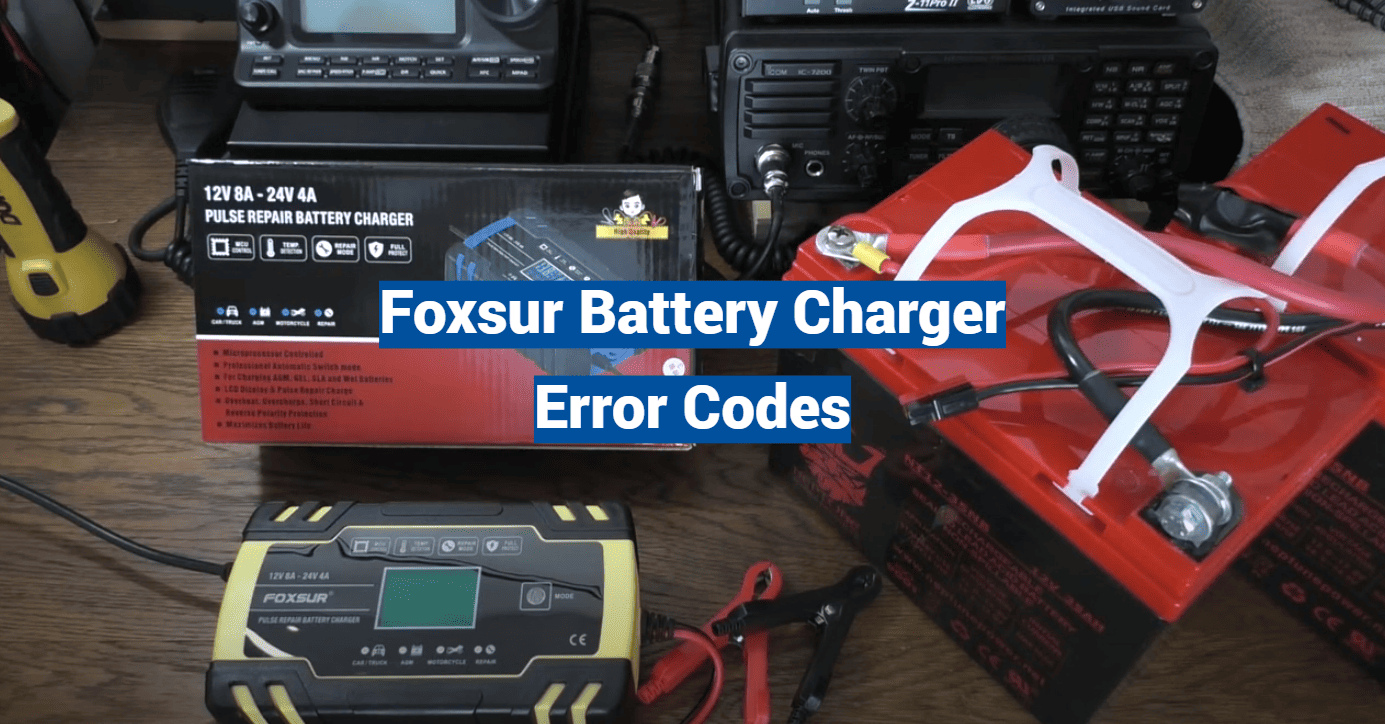Modern power units for automobiles have become smarter than ever, yet most drivers struggle to interpret their diagnostic messages. This gap in understanding costs Americans over $2.3 billion annually in preventable repair bills, according to recent automotive care studies.
The latest generation of maintenance tools features advanced communication systems that monitor power storage devices through eight distinct phases. These stages analyze everything from voltage stability to chemical balance, helping extend equipment lifespan by up to 40% compared to basic charging methods.

Compatibility remains a key strength of contemporary models. Whether maintaining your daily driver or preparing marine equipment for seasonal storage, modern units adapt to various energy storage technologies. Their digital interfaces provide real-time updates through color-coded alerts and progress indicators, transforming complex technical data into actionable insights.
Key Takeaways
- Smart maintenance tools communicate through visual alerts and status updates
- Multi-stage charging processes optimize device health and longevity
- Universal compatibility covers most common energy storage types
- Immediate error recognition prevents costly equipment damage
- Digital interfaces simplify complex technical information
- Automatic safety protocols ensure worry-free operation
Understanding Foxsur Battery Charger Error Codes
Modern energy maintenance devices speak through flashing lights and digital alerts. These signals act like a secret language between your equipment and its power source. Learning this communication method helps prevent costly mistakes and keeps your gear running smoothly.
Safety First: Built-In Protection Systems
Quality maintenance units come packed with safety measures. Seven key safeguards work together to prevent accidents:
| Protection Type | What It Prevents | Why It Matters |
|---|---|---|
| Reverse Polarity | Wrong cable connections | Stops instant damage |
| Overheating | High temperature risks | Prevents fire hazards |
| Short-Circuit | Electrical surges | Protects internal circuits |
| Overcharging | Energy overflow | Extends device lifespan |
The automatic smart battery technology adjusts power flow based on detected needs. This works for various energy storage types from common 12v car units to specialized 24v systems.
Why Messages Matter
Digital alerts serve three crucial purposes. First, they identify connection issues before power flows. Second, they monitor charging stages from bulk mode to final maintenance. Third, they adapt settings for different power storage types like LiFePO4 or gel units.
Quick interpretation of these signals can mean the difference between a simple fix and expensive repairs. Most modern units use color-coded displays and pattern-based alerts that follow universal design standards.
Troubleshooting Foxsur Battery Charger Error Codes
When your equipment starts flashing unexpected signals, it’s like receiving a coded message from your gear. These visual cues help identify issues before they become major problems. Let’s break down how to respond effectively while keeping your workspace safe.
Interpreting Common Error Codes
Digital displays use specific patterns to communicate issues. Here’s a quick reference guide for frequent alerts:
| Display Pattern | Possible Issue | Immediate Action |
|---|---|---|
| Steady Red Light | Connection mismatch | Check terminal contacts |
| Flashing Yellow | Temperature limits exceeded | Move to cooler area |
| Red/Yellow Flash | Voltage irregularity | Test energy storage health |
| Green Pulse | Recovery mode active | Allow cycle completion |
Step-by-Step Repair and Safety Procedures
Always start with these safety steps:
- Disconnect power sources before inspection
- Wear insulated gloves when handling terminals
- Use multimeter to verify residual charge
The pulse recovery feature works best when energy cells show at least 3V residual power. For completely drained units, try a manual jump-start before initiating automated cycles.
Expert Tips for Effective Problem Solving
Seasoned technicians recommend these practices:
- Clean terminal contacts monthly with baking soda solution
- Store devices in dry environments between 50-80°F
- Run diagnostic tests quarterly for preventive care
Remember – consistent flashing patterns usually indicate connection issues, while irregular sequences often point to internal component concerns. When in doubt, consult professional support for complex electrical systems.

Proper Usage, Safety, and Maintenance for Battery Chargers
Proper charging practices combine technical know-how with safety awareness. Always start by reviewing your equipment’s guidebook – it holds the blueprint for maximizing performance while preventing mishaps. Different energy storage types demand specific care approaches, from recreational vehicles to seasonal marine gear.
Secure Connection Protocols
Follow these steps for safe operation:
- Match cable colors to terminal posts (red to positive)
- Verify polarity using the unit’s self-test feature
- Ensure dry, ventilated workspace (40-90°F ideal)
Modern maintenance units adapt to various energy storage needs through programmable settings. This table shows common configurations:
| Storage Type | Voltage | Recommended Mode |
|---|---|---|
| AGM | 12v | Automatic maintenance |
| LiFePO4 | 24v | Constant voltage |
| Deep Cycle | 12v | Slow charge |
Seasonal changes affect charging efficiency. Colder months may require activating winter mode to compensate for reduced chemical activity. Always wipe terminals clean before storage periods exceeding 30 days.
Peel off the protective screen film immediately after unboxing. Clear visibility of status lights ensures timely response to changing conditions. Establish quarterly checkups for both your maintenance unit and energy cells, following the guidebook’s schedule for different applications.
Related Video: Foxsur 7 Stage Smart Battery Charger
Conclusion
Mastering your equipment’s diagnostic signals transforms maintenance from guesswork to precision care. By understanding color-coded alerts and voltage patterns, you can address issues before they escalate. Proper connection protocols and seasonal adjustments like winter mode ensure optimal performance across AGM, gel, and lithium-based energy storage systems.
Regular maintenance extends equipment lifespan significantly. Clean terminals monthly and store devices in dry environments between 50-80°F. Always consult the user manual when switching between 12v and 24v setups or different charging modes.
Manufacturer support remains available for complex concerns through email assistance. Their warranty covers various protection features designed for calcium, SLA, and LiFePO4 units. Remember – consistent care prevents 80% of common power-related issues according to industry studies.
With these strategies, you’ll save time on repairs and maintain peak efficiency year-round. Whether reviving a car’s energy system or preparing marine gear for storage, smart practices keep your investments protected and performing reliably.

